6 Common Design Mistakes For Small Spaces & How to Fix Them

Do you have a small space? My home is hardly a palace, so I'm always looking for new ways to make the most of my space and create the illusion that there's more breathing room than there actually is.
So, I wanted to share with you interior designer Lisa Holt's latest video on design mistakes for small spaces. I found these tips really useful and I hope you do too:
Table of contents
Disclaimer: Redesign may receive a small affiliate commission from purchases made via links in this article but at no cost to you.
1. Avoid Heavy, Dark Furnishings in Small Spaces
One common mistake in small spaces is the use of heavy, dark furnishings. These can overwhelm the room, making it feel cramped. For instance, oversized, dark sofas can dominate a space and make it appear smaller.
Instead, choose lighter woods and finishes. A light color palette helps the eye move freely, creating an illusion of spaciousness.
A cottage room with dark furniture could be transformed by painting the ceiling white and opting for lighter, smaller-scale sofas.
Avrilynn 85.4'' Upholstered Sofa
2. Proper Bed Placement: Avoid Blocking Windows
Another frequent issue is placing beds in front of windows. While sometimes unavoidable, there are strategies to make it work better.
Opt for a low-profile headboard that doesn’t obstruct the window, allowing light to filter through.
Edenbrook Miller Low Profile, Performance Velvet Headboard
Consider headboards with cane backs or metal frames for a lighter feel.
ZINUS Trisha Metal Platforma Bed Frame with Headboard
Additionally, pay attention to the view of the bed and the window treatments as a whole. Draping the entire wall or using long drapery rods can create a cohesive and intentional look. Top-down, bottom-up shades also provide privacy while letting in natural light.
Cordless Cellular Pleated Window Shades - 27 Inch Width
3. Measure Your Space Before Buying Furniture
Failing to measure the space before purchasing furniture is a critical error. Oversized items can make a room feel cramped and uncomfortable.
Komelon SL2825 Self Lock 25-Foot Power Tape
Professional designers always start with a plan, using tools like graph paper or design apps to ensure furniture fits appropriately. A clear layout not only saves time and money but also prevents the frustration of dealing with oversized furniture.
Five Star Loose Leaf Paper + Study App
4. Don’t Push All Furniture Against the Walls
Another common issue is pushing all furniture against the walls, leaving the center of the room empty and creating a disjointed space. Instead, consider floating furniture in the middle of the room to create intentional conversation areas and dining spaces. This approach uses the entire space more effectively, as seen in loft areas where furniture is strategically placed to define different zones without crowding the walls.
5. Choose the Right Size Rug for Your Space
Using rugs that are too small for the space is another frequent mistake. Area rugs should anchor seating groups and collections of furnishings. For a living room, the minimum size should be around 8x10 feet, with larger spaces potentially requiring even bigger rugs.
Smaller rugs can be used in bathrooms or bedrooms, while larger rugs help tie together the various elements in a living area.
nuLOOM 8x10 Moroccan Blythe Area Rug, Grey
6. Hang Artwork at the Right Height
Hanging artwork too high on the walls is a widespread error. The general rule of thumb is to hang artwork with the centerline at about 60 to 65 inches above the floor, though this can vary depending on the space and the artwork.
Whether it’s a gallery wall or a single statement piece, artwork should be integrated into the room’s overall design.
A pro tip for budget-friendly art: consider framing images from large-scale coffee table books to create a cohesive and stylish gallery at a fraction of the cost.
ArtbyHannah 8-Pack Neutral Gallery Wall Frame Set with Decorative Art Prints
By following these guidelines and avoiding common mistakes, you can create a more harmonious and functional space that reflects your style while making the most of the room you have.




















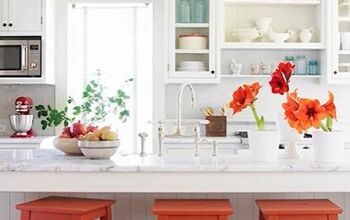


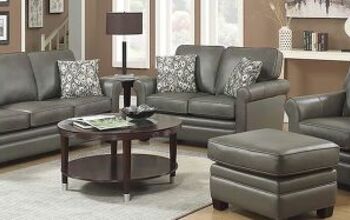


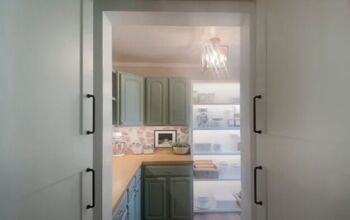
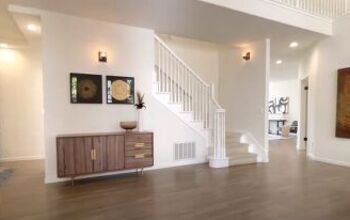


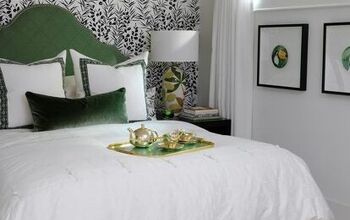




Comments
Join the conversation